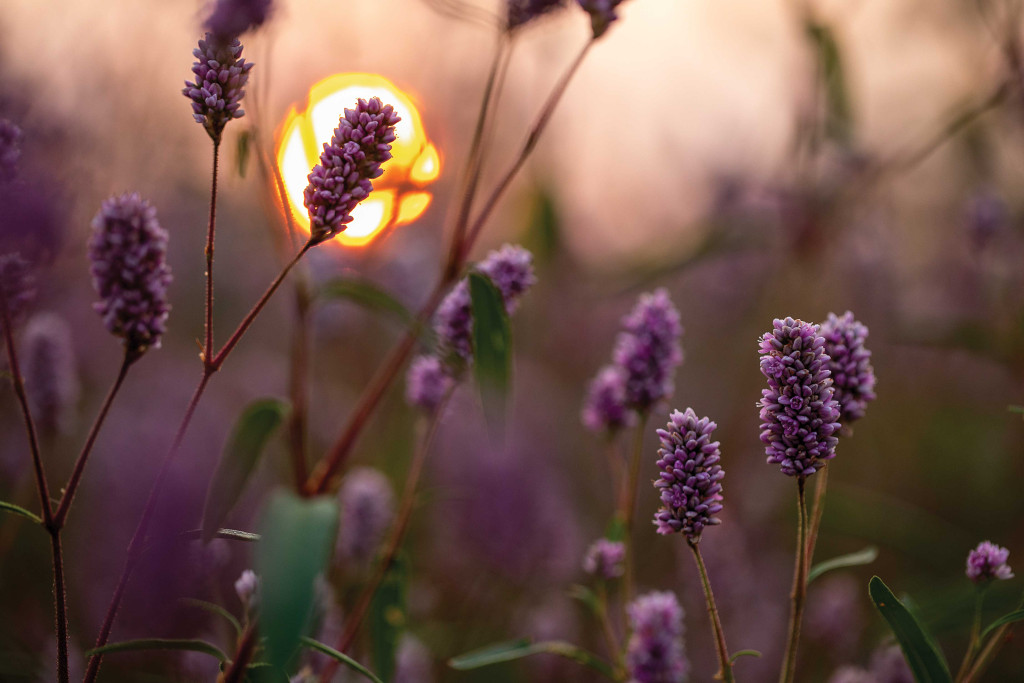
Story and photos by Ethan Freese
If you’ve visited one of Nebraska’s many wetlands in the past year, there’s a good chance that you may have come across a landscape that was anything but wet. A dry wetland might be a discouraging sight if you’re a waterfowl hunter or birder, but wet and dry cycles are a natural process for many wetlands in the Great Plains, a region known for both deluge and drought.
I had the chance to witness these changes firsthand while working with the Platte Basin Timelapse and the Nebraska Game and Parks Commission on the Wetlands of Nebraska project between 2020 and 2023. During the project, I produced a film and photo essay about playa wetlands in Nebraska.
Nebraska is home to four complexes of playa wetlands, including the Rainwater Basin. Playas are wind-formed wetlands that are often circular in shape and are located on flat, farmed landscapes. Due to a heavy layer of clay in the soil, playas pond water on the surface from rainfall, snowmelt and overland flow. Because they are largely reliant on precipitation, water levels in playas can vary dramatically from year to year.
In spring 2020, Nebraska was still in the midst of a relatively wet period. Almost every wetland I visited was full of water and hosted an incredible diversity of birds. As the season progressed, I watched as the annual procession of waterfowl stopped over in Nebraska’s wetlands. Starting with northern pintails and snow geese, the cast of birds gradually changed to blue-winged teal, northern shovelers and an eclectic mix of shorebirds. One of my more memorable experiences occurred in April 2020 when I belly-crawled across a large mudflat in the Rainwater Basin to photograph a flock of American white pelicans as they seined for food in the murky water.
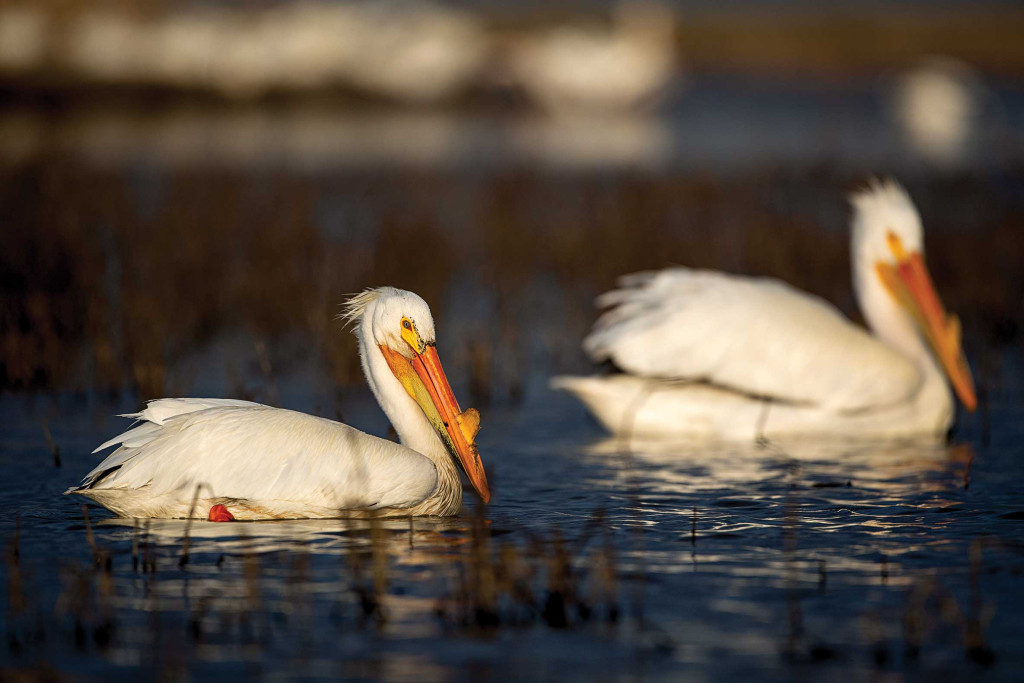
As the project progressed, drought gradually began to take hold across the state. In March 2020, we installed a timelapse camera at North Lake Basin Wildlife Management Area, a large playa wetland in the Rainwater Basin near Utica. When the camera was installed, there was no shortage of water, and we donned our muck boots to get to the old windmill where we mounted the camera. As the year progressed, the wetland gradually dried until there was no water within the entirety of the camera’s view. With this disappearance of water, an abundance of plant life, including smartweed, barnyard grass and coreopsis, flourished on the recently exposed soil.
Through the fall and winter of 2020, the wetland remained dry and was passed over by waterbirds on their fall migration. However, in spring 2021, a large precipitation event quickly brought water back to North Lake Basin. The abundant seeds produced the previous fall provided fuel for the thousands of migratory birds that stopped over on their migration. If wetlands don’t periodically dry out, many of the plants that provide a critical food source for wildlife would disappear.
The cyclical nature of playa wetlands is also important for amphibians. In permanent bodies of water, fish will eat the eggs of frogs, toads and salamanders. Because playas periodically dry up, most playas do not have fish, making them an ideal habitat for amphibians able to wait underground for wet conditions to return.
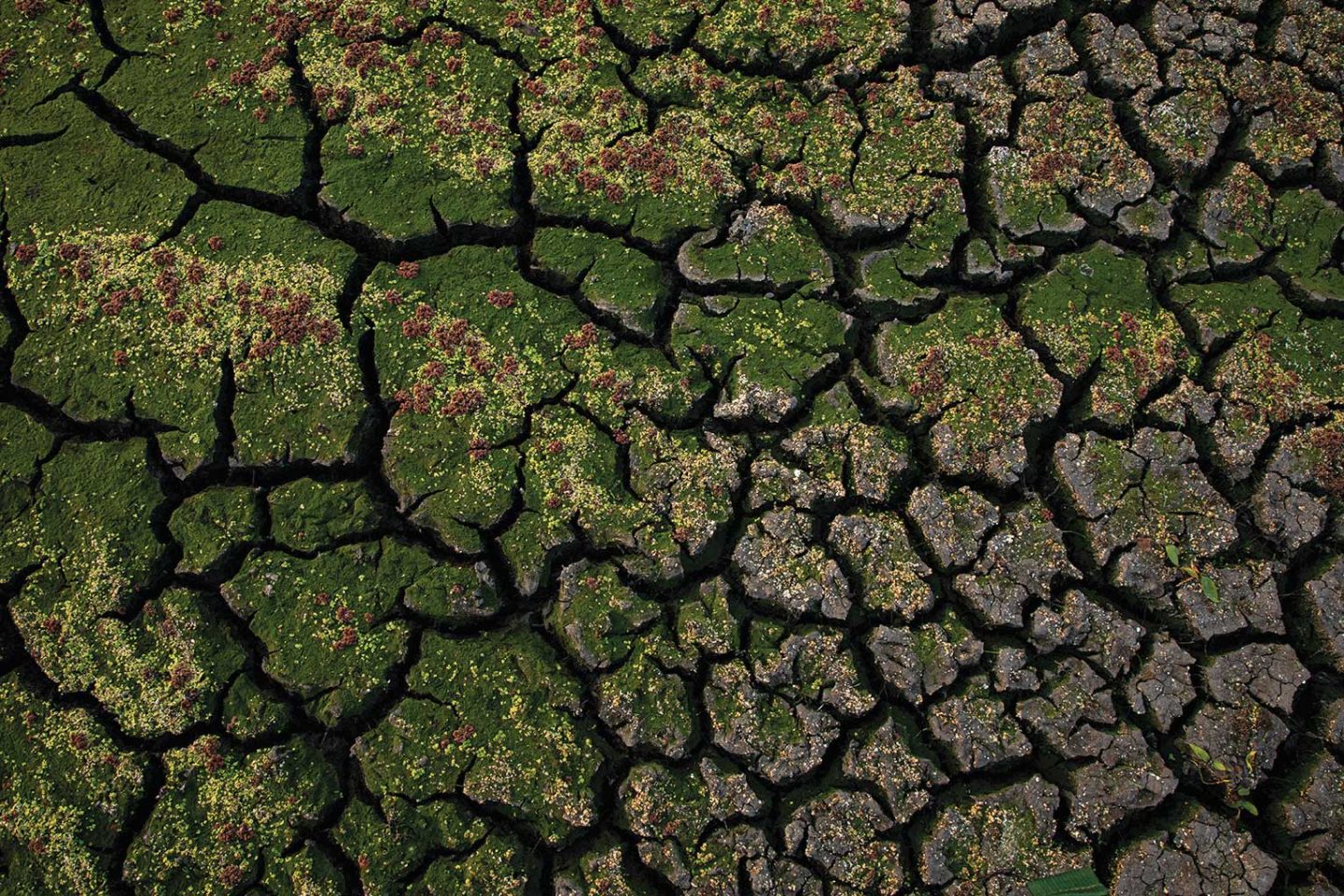
Even when wetlands are dry, they still provide valuable habitat to a suite of wildlife. In August 2020, a small team from the Platte Basin Timelapse and Nebraska Game and Parks traveled to southwestern Nebraska to photograph and film the aptly named Southwest Playas. During our trip, most of the wetlands were dry and, at first glance, they seemed devoid of life. However, when we got out of our vehicles and started to explore the wetland on foot, we were quickly drawn to the abundance of wildflowers and pollinators on the parched playa.
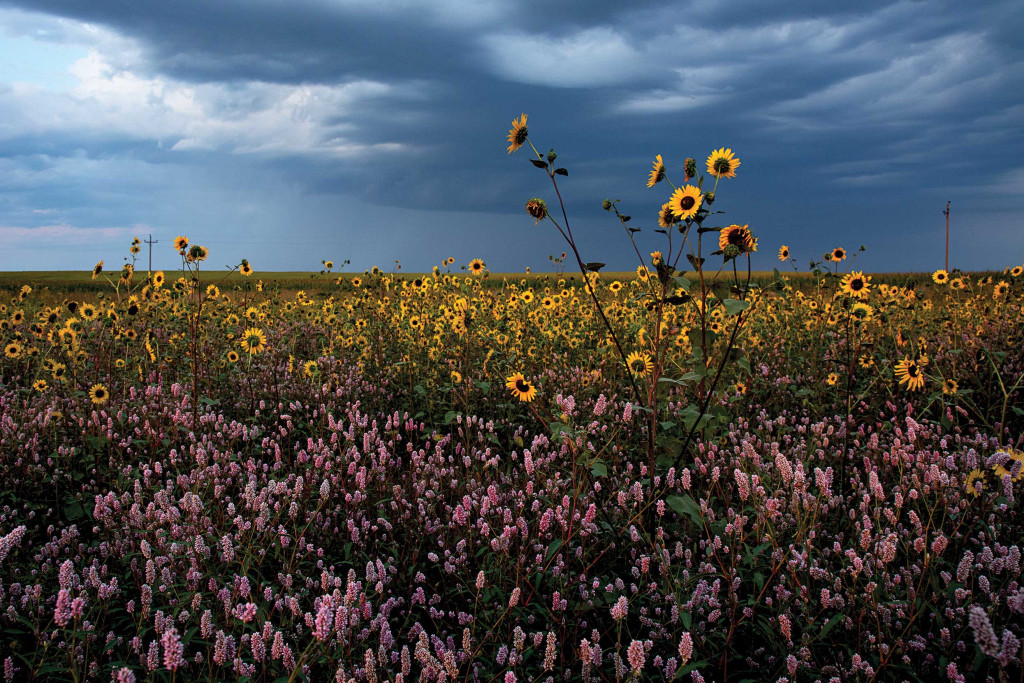
Bees and hoverflies filled the air with frantic buzzing as they visited the light pink blooms of smartweed and vibrant yellow sunflowers that added color amongst the dry grasses that carpeted the ground. The countless insects undoubtedly provided the area’s pheasants and other grassland birds with a reliable food source that summer.
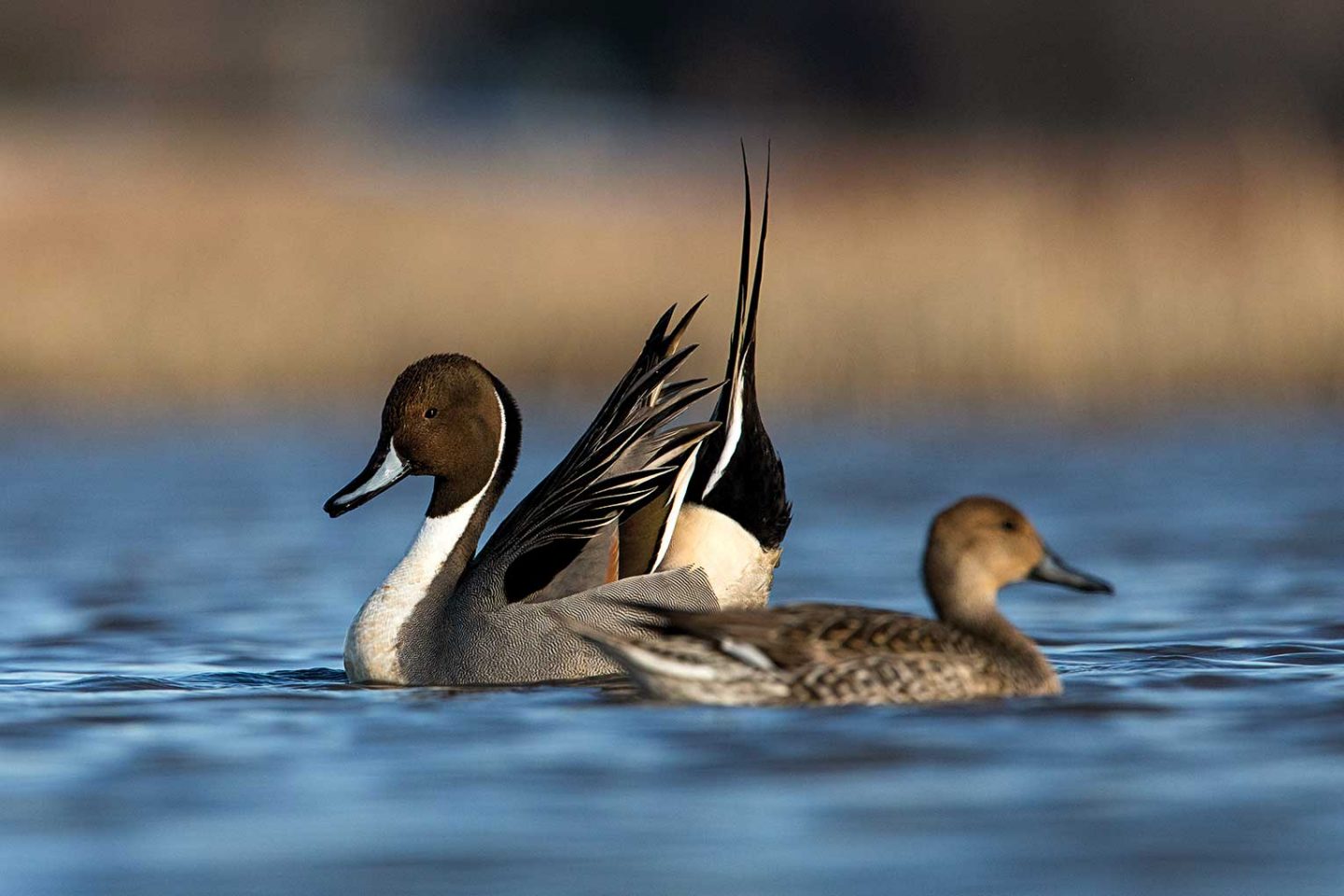
Take the time to appreciate wetlands even when they aren’t wet. It’s a good reminder that even though dry conditions present a number of challenges to people and wildlife, those challenges have resulted in resilient ecosystems that are well adapted to the dramatic weather of Nebraska.
Whether wet or dry, wetlands provide beauty and life.
For more information on the Wetlands of Nebraska project visit NebraskaWetlands.com.
